Expertise

Data Center Facility Assessment
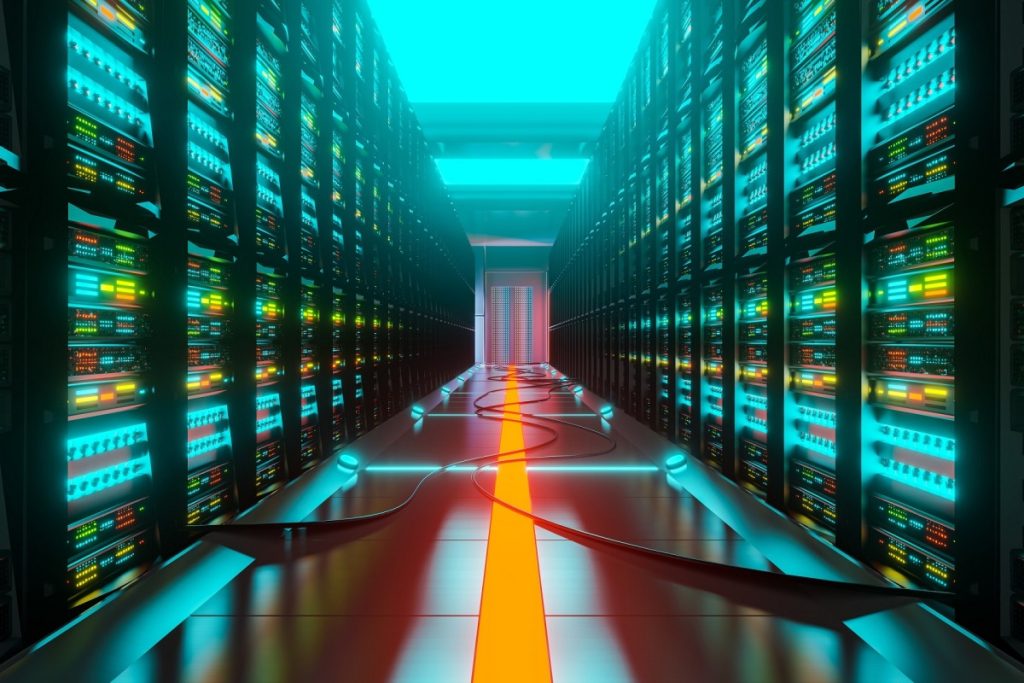
There are several key considerations involved in a data center facility assessment. For instance:
Physical Security
Fire Suppression
Power and Cooling
Data centers require a significant amount of power to operate, and any disruption in the power supply can result in data loss or downtime. A reliable power supply requires backup generators and redundant power feeds. Similarly, data centers generate a lot of heat, and efficient cooling systems are essential to prevent equipment failure. The cooling system should be able to maintain a consistent temperature and humidity level to ensure the equipment operates at optimal conditions.

Technology Refreshment
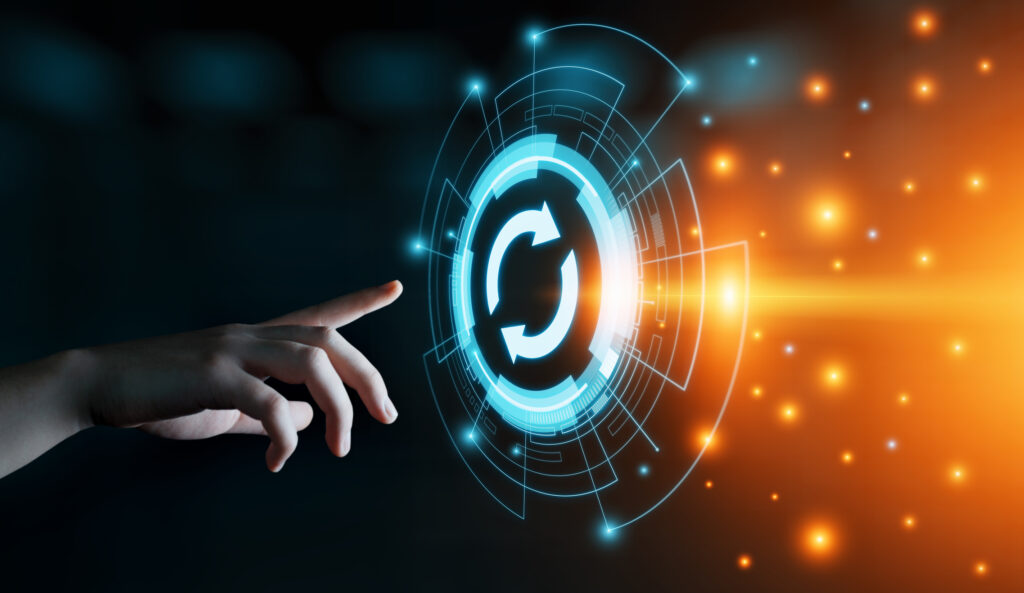
Assessing Your Technology
Identifying Your Needs
Budgeting and Planning
Implementation and Testing
Ongoing Maintenance and Support

Business Continuity
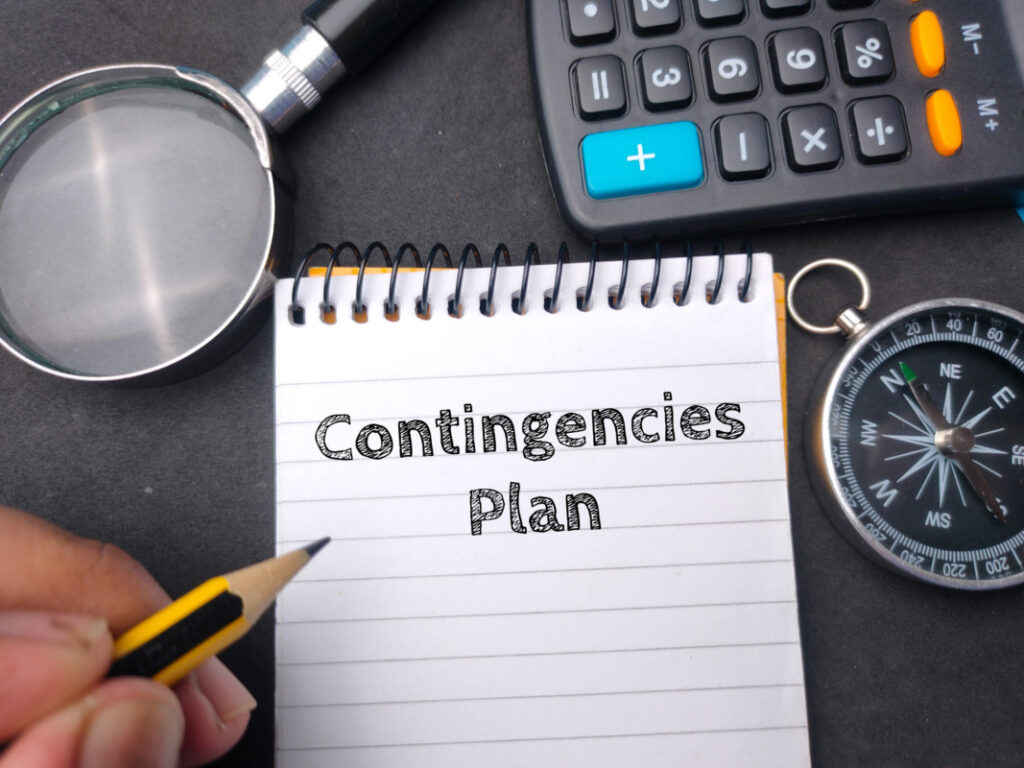
Assessing Risks and Vulnerabilities
Developing a Business Continuity Plan
Testing and Maintenance
Security Consultancy
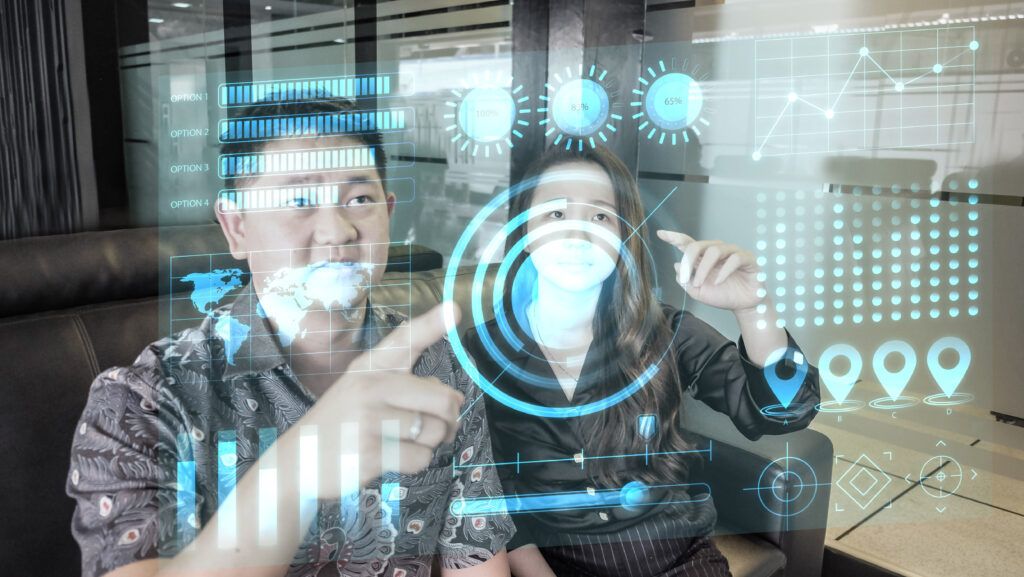
Assessing Risks and Vulnerabilities
Developing a Security Strategy
Implementing Security Measures
After developing a security strategy, the next step is to implement security measures to mitigate the identified risks and vulnerabilities. This can include physical security measures such as access controls, CCTV cameras, and alarms, as well as cybersecurity measures such as firewalls, antivirus software, and intrusion detection systems. It’s essential to ensure that all security measures are implemented effectively and tested regularly to ensure that they remain effective.
Testing and Maintenance
A security strategy must be regularly tested and maintained to ensure that it remains up-to-date and effective. Regular testing can identify any gaps or weaknesses in the security measures and allow for improvements to be made. It’s essential to ensure that security measures are regularly maintained and updated to reflect changes in the organization’s operations and any new threats that may arise.
Smart City
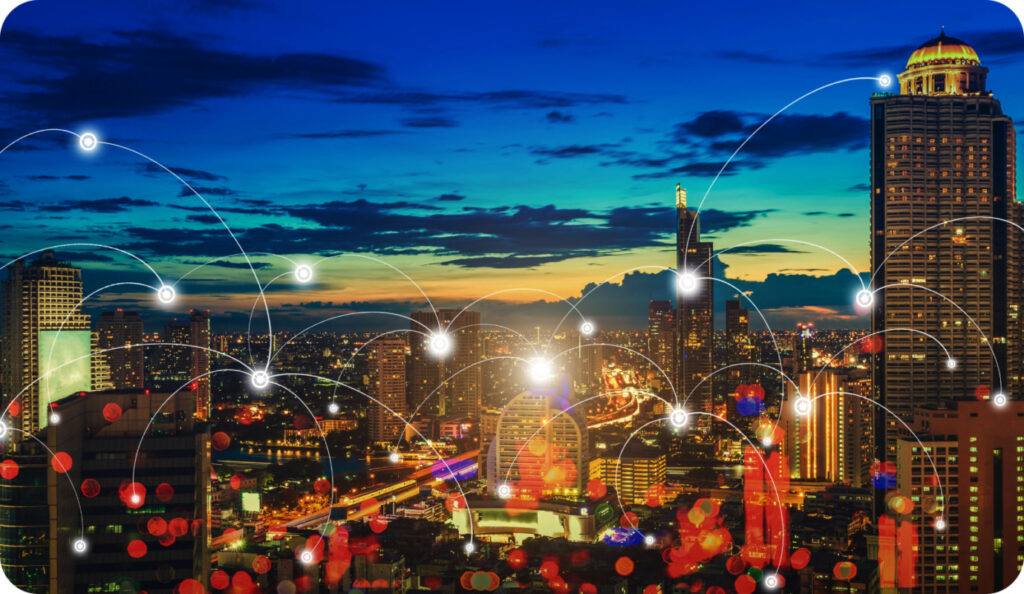
A smart city is a city that uses technology to improve the quality of life of its citizens, enhance sustainability, and increase efficiency. Smart city technologies can be used to improve infrastructure, transportation, energy usage, and public services. Developing a smart city is of course very challenging, but don’t worry because Sapta Tunas Technology can assist in designing and building a smart city according to the goals with the big picture like the following steps.
Defining a Smart City Vision
The first step in developing a smart city is to define a clear vision and goals for the project. This includes identifying the key areas of focus, such as transportation, energy, or public services, and outlining specific goals and objectives for each area.
Building a Smart City Infrastructure
Smart city infrastructure includes the physical and digital infrastructure needed to support smart city technologies. This includes building a network of sensors and devices to collect data, as well as installing the necessary hardware and software to analyze and manage that data. The infrastructure must have properties of scalable, flexible, and adaptable to accommodate new technologies and changing needs.
Implementing Smart City Technologies
Once the infrastructure is in place, the next step is to implement smart city technologies to improve services and enhance sustainability. This can include implementing intelligent transportation systems to improve traffic flow, using energy-efficient technologies to reduce energy consumption, and deploying smart grids to better manage energy distribution.
Ensuring Privacy and Security
Smart city technologies rely heavily on data collection and analysis, which can raise privacy and security concerns. It’s essential to ensure that data collection and analysis are conducted in a manner that protects citizens privacy and security. This includes implementing robust data security privacy policies, using encryption and other security measures to protect data, and ensuring that all smart city technologies are compliant with relevant laws and regulations.
Smart city technologies rely heavily on data collection and analysis, which can raise privacy and security concerns. It’s essential to ensure that data collection and analysis are conducted in a manner that protects citizens privacy and security. This includes implementing robust data security privacy policies, using encryption and other security measures to protect data, and ensuring that all smart city technologies are compliant with relevant laws and regulations.
Extended Maintenance
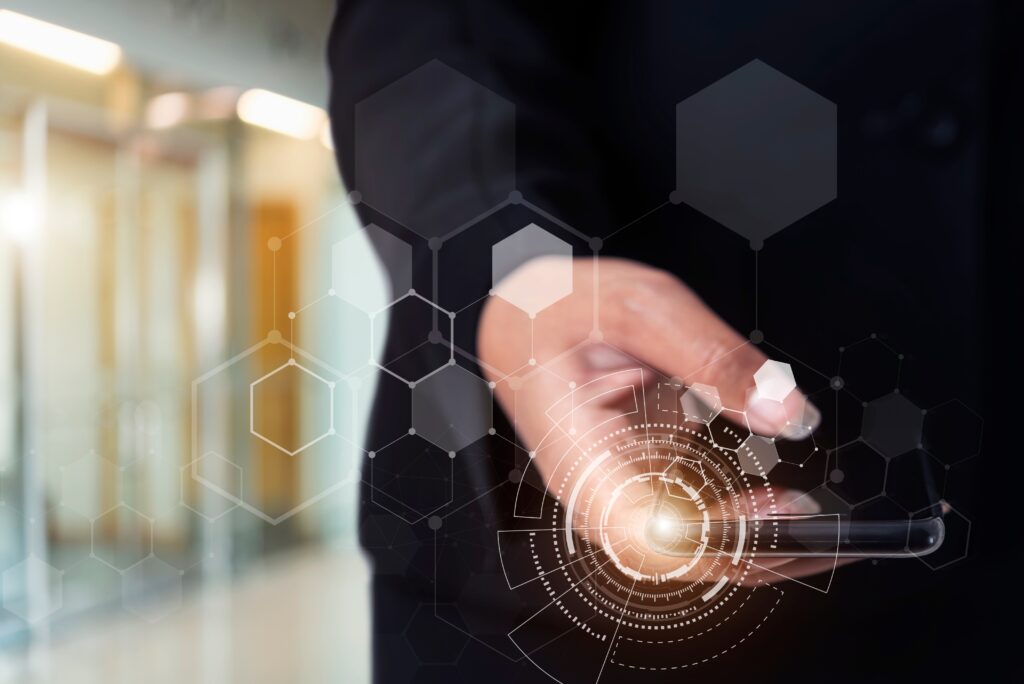
Extended maintenance is a term used to describe a proactive approach to maintaining equipment, systems, and facilities beyond their original intended lifespan. Extended maintenance is becoming increasingly common as organizations seek to maximize the value of their investments and extend the useful life of their assets. If your organization hasn’t had extended maintenance, here are some steps and considerations for why your organization should have extended maintenance.
Assessing Equipment and Systems
The first step in extended maintenance is to assess the equipment and systems that are candidates for maintenance. This includes evaluating the condition of the equipment, identifying potential failures or weaknesses, and determining the expected lifespan of the equipment.
Implementing Maintenance Activities
The next step is to implement maintenance activities. This can include regular inspections and health checks, replacing worn or damaged parts, and conducting regular testing to ensure that equipment and systems are operating as intended.
Managing Risk
Extended maintenance can involve some level of risk, particularly if equipment or systems are operating beyond their original intended lifespan. It’s essential to manage risk by identifying potential failure modes and developing contingency plans to minimize the impact
of failures. This can include developing backup systems or redundant equipment, as well as conducting regular risk assessments to identify potential areas of concern.
Monitoring Performance
Finally, it’s important to monitor the performance of equipment and systems that are undergoing extended maintenance. This includes tracking maintenance activities and identifying any trends or patterns that may indicate potential issues. It’s also essential to conduct regular assessments to ensure that equipment and systems are still operating within acceptable limits and to identify any changes that may require adjustments to the maintenance plan.
Extended maintenance is a proactive approach to maintaining equipment, systems, and facilities beyond their original intended lifespan. If your organization needs extended maintenance so that your device can maintain your productivity, contact Sapta Tunas Teknologi. We can provide extended maintenance services for your devices.